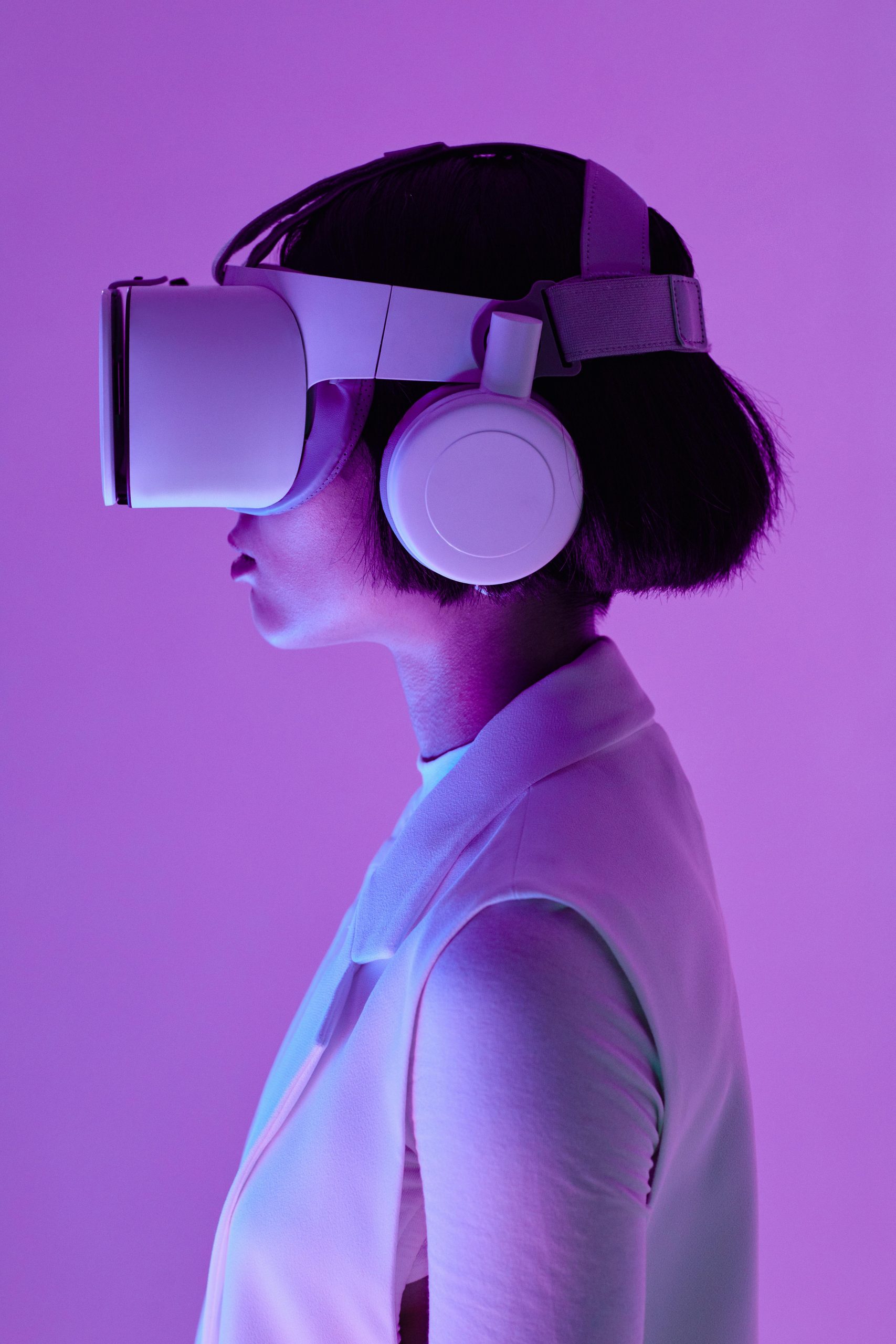In an era where technology and entertainment are increasingly intertwined, celebrities are turning to AI avatars to maintain their relevance in a fast-evolving digital landscape. From social media engagement to virtual performances, digital doubles are revolutionizing how stars interact with their audiences. These AI-powered clones allow celebrities to extend their reach, experiment with new creative avenues, and even preserve their legacies beyond their physical limitations. But how exactly are they doing it, and what does this mean for the future of fame?
The Rise of AI Avatars in Celebrity Culture
AI avatars are no longer just a sci-fi concept—they’re a reality reshaping celebrity culture. Powered by deep learning and generative AI, these digital doubles can mimic a star’s voice, mannerisms, and even personality with startling accuracy. Celebrities like Dwayne “The Rock” Johnson, Tom Hanks, and Selena Gomez have already experimented with AI versions of themselves for marketing, fan interactions, and even posthumous appearances.
One of the biggest drivers behind this trend is the demand for constant content. Fans expect 24/7 engagement, and AI avatars allow celebrities to meet these expectations without burning out. Whether it’s personalized video messages, virtual meet-and-greets, or AI-generated social media posts, digital doubles ensure that stars remain omnipresent in the digital realm.
How Celebrities Are Using AI Avatars
From brand endorsements to creative projects, AI avatars are being deployed in diverse ways:
- Virtual Performances: Artists like ABBA and Travis Scott have used AI avatars for concerts, blending holograms and AI to deliver immersive experiences without physical presence.
- Social Media Engagement: Stars like Kim Kardashian leverage AI to maintain an active online presence, using digital clones to respond to fans or post content when they’re unavailable.
- Legacy Preservation: Deceased icons like James Dean and Tupac have been “resurrected” through AI for commercials and holographic performances, sparking debates about ethics and authenticity.
- Brand Collaborations: AI avatars enable celebrities to endorse multiple brands simultaneously, appearing in ads across different time zones without logistical constraints.
These applications highlight how AI is transforming celebrity-fan interactions, making stardom more scalable and sustainable.
The Technology Behind Digital Doubles
Creating a convincing AI avatar involves cutting-edge technology:
- Deepfake Algorithms: These analyze hours of footage to replicate facial expressions and voice patterns.
- Generative AI: Tools like GPT-4 enable avatars to hold dynamic conversations, adapting to fan queries in real time.
- Motion Capture: Used to animate avatars with lifelike movements, often seen in virtual concerts.
- Neural Rendering: Enhances visual realism, ensuring avatars look indistinguishable from their human counterparts.
Companies like Deep Voodoo and Soul Machines are at the forefront of this tech, offering bespoke avatar solutions for A-listers.
Ethical and Legal Considerations
While AI avatars offer exciting possibilities, they also raise critical questions:
- Consent: Who controls an AI avatar after a celebrity’s death? Estate disputes, like those surrounding Bruce Lee’s digital likeness, highlight the need for clear legal frameworks.
- Authenticity: Fans may feel deceived if they realize they’re interacting with an AI rather than the actual star.
- Job Displacement: Could AI avatars replace human performers, writers, or influencers, leading to industry-wide disruptions?
Regulators and celebrities alike are grappling with these challenges, striving to balance innovation with responsibility.
The Future of Celebrity in the AI Era
As AI avatars become more sophisticated, their role in entertainment will only expand. We might see:
- Hyper-Personalized Content: AI avatars tailoring interactions based on individual fan preferences.
- Virtual Reality Integration: Stars hosting VR meetups or starring in AI-generated films.
- New Revenue Streams: Celebrities licensing their digital likenesses for games, virtual assistants, or educational tools.
The line between human and digital celebrity is blurring, and those who embrace this shift will likely dominate the next era of fame.
AI avatars are more than a gimmick—they’re a strategic tool helping celebrities stay relevant in an oversaturated, fast-paced digital world. While the technology presents ethical dilemmas, its potential to redefine entertainment is undeniable. As fans grow accustomed to interacting with digital doubles, the celebrities of tomorrow may not just be human—they could be AI-powered, endlessly adaptable, and eternally present. The question isn’t whether AI avatars will become mainstream, but how quickly the industry will adapt to this new reality.
